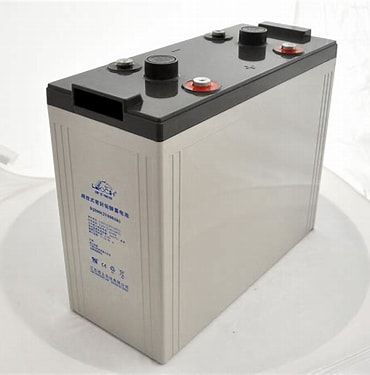Valve regulated lead acid batteries, also known as VRPAs or VRLAs, are a type of lead acid battery that incorporates a valve system to regulate the release of gases produced during the charging and discharging process. This design ensures the battery maintains a consistent pressure and prevents the electrolyte from escaping, making them a reliable and safe power source for various applications. In this article, we will explore the key features, benefits, and applications of valve regulated lead acid batteries.

Key Features of Valve Regulated Lead Acid Battery:
1. Valve System: The valve regulated lead acid battery contains a valve system that controls the release of gases, primarily hydrogen and oxygen, which are produced naturally during the charging and discharging cycles. These valves prevent the battery from over-inflating and reduce the risk of explosion.
2. Pressure Regulation: The valve system in VRPAs maintains a consistent pressure within the battery, which helps prevent the battery from over-expanding and potentially causing damage. This feature ensures the battery's durability and longevity.
3. Leak-proof Design: Valve regulated lead acid batteries are designed to be leak-proof, containing a rigid casing and cover that protect the electrolyte from escaping. This feature makes them suitable for various environments, including indoor and outdoor applications.
4. Maintenance-free: Unlike traditional lead acid batteries, VRPAs are maintenance-free. They do not require regular topping up of the electrolyte or adjustment of the battery plates. This simplifies the usage and maintenance process for users.
5. Extended Lifespan: Valve regulated lead acid batteries have an extended lifespan compared to other types of lead acid batteries. With proper care and usage, they can last for up to 5 years or more, making them a cost-effective option in the long run.
6. Wide Operating Temperature Range: VRPAs can operate effectively in a wide range of temperatures, from -40°C to +40°C. This versatility allows them to be used in various climates and environments.
Applications of Valve Regulated Lead Acid Battery:
1. Uninterruptible Power Supply (UPS): Valve regulated lead acid batteries are commonly used in UPS systems to provide backup power during power failures. They ensure continuous operation of critical equipment, preventing data loss and maintaining system integrity.
2. Emergency Lighting: VRPAs are an essential component in emergency lighting systems. They provide a reliable power source during power outages, ensuring that lighting remains available in buildings and public spaces.
3. Security Systems: Valve regulated lead acid batteries are used in security systems, including surveillance cameras, alarm systems, and access control systems. They ensure the uninterrupted operation of these systems, even during power disruptions.
4. Medical Equipment: VRPAs play a crucial role in powering medical equipment such as defibrillators, monitors, and ventilators. They provide a stable and reliable power source, ensuring the functionality of life-saving devices.
5. Telecommunications: Valve regulated lead acid batteries are used in telecommunications infrastructure, including mobile phone towers and data centers, to provide backup power and ensure continuous operation of communication systems.
In conclusion, valve regulated lead acid batteries offer a reliable, safe, and maintenance-free power source for a wide range of applications. Their valve system ensures consistent pressure regulation, preventing over-inflation and potential damage. With their extended lifespan and wide operating temperature range, VRPAs are a dependable choice for critical applications such as UPS systems, emergency lighting, security systems, medical equipment, and telecommunications.